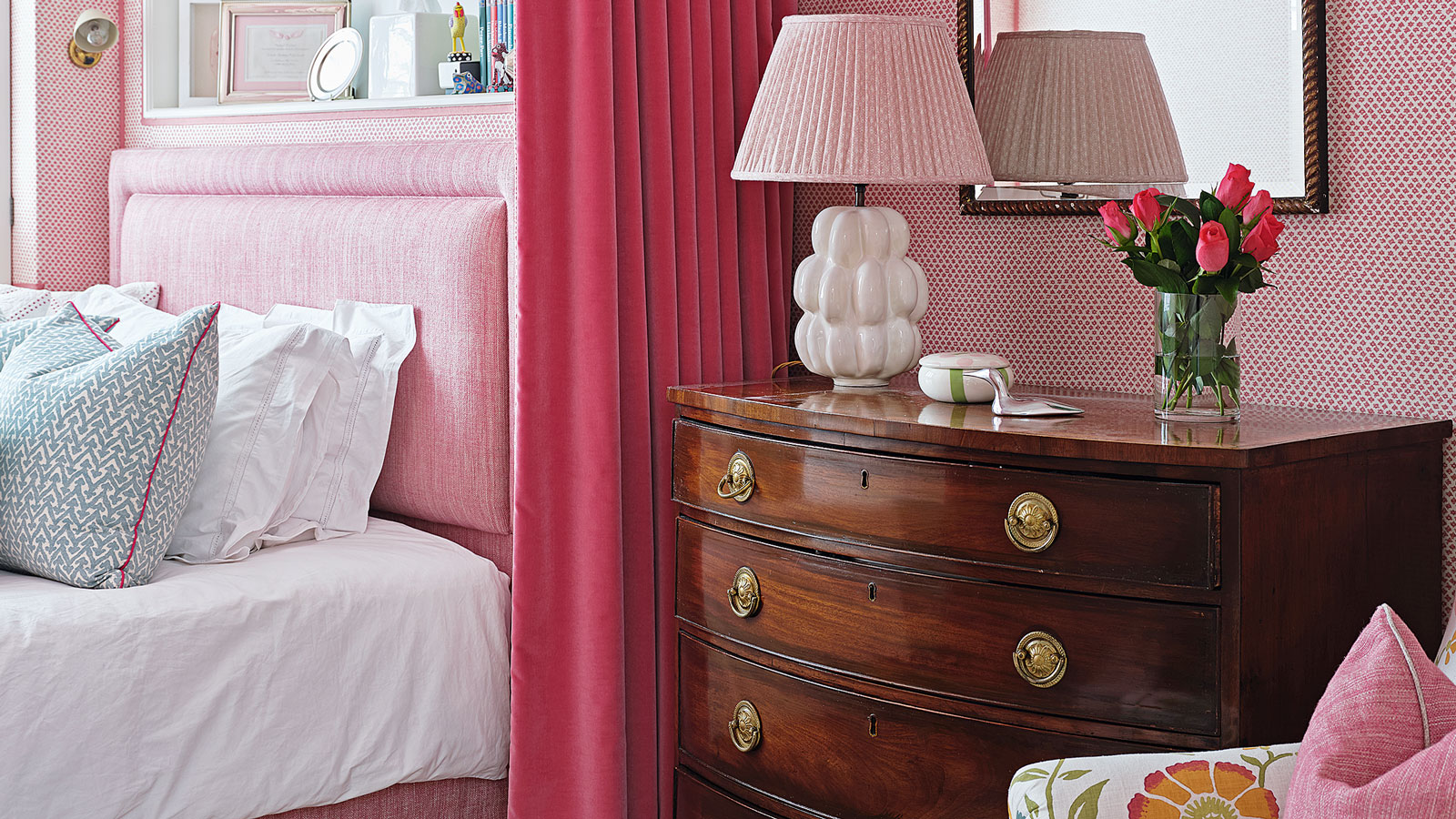
As someone with a lot of clothes and limited storage space, my bedroom drawers are one of the first areas in my home to become a disorganized mess.
And believe me when I say I've tried everything to keep them organized – decluttering, folding and re-folding differently, keeping only items that spark joy, and trying countless different storage solutions.
One thing I hadn't tried, though, was organizing with the Japanese concept of 'Mottainai' in mind. Here's how it went when I decided to give it a go for organizing my dresser.
How I used the Japanese concept of Mottainai for my drawers
Di Ter Avest, professional organizer and founder of Diisorganized, explains this Japanese organizing technique. She says, 'Mottainai is a Japanese concept that means “don’t waste” or “what a waste,” but it goes beyond that.
'It’s about showing respect for the things we own by using them fully and mindfully – whether that’s food, time, or even clothes. It’s a reminder to appreciate what we have and not let things go unused or forgotten.'
This is something I really try to keep in mind when organizing my clothes, to make sure everything gets used and worn, particularly when embracing the underconsumption trend and making sure I don't overshop.
Professional organizer Ben Soreff at House to Home Organizing, adds, when it comes to organizing limited space in drawers, 'Mottainai can be applied, because it encourages one to respect resources and avoid waste.'
Plus, as I'm currently looking to move house, embracing Mottainai is the perfect way to think like a professional organizer and cut clutter with intention before I begin packing.
How I used it on my drawers
1. Take everything out
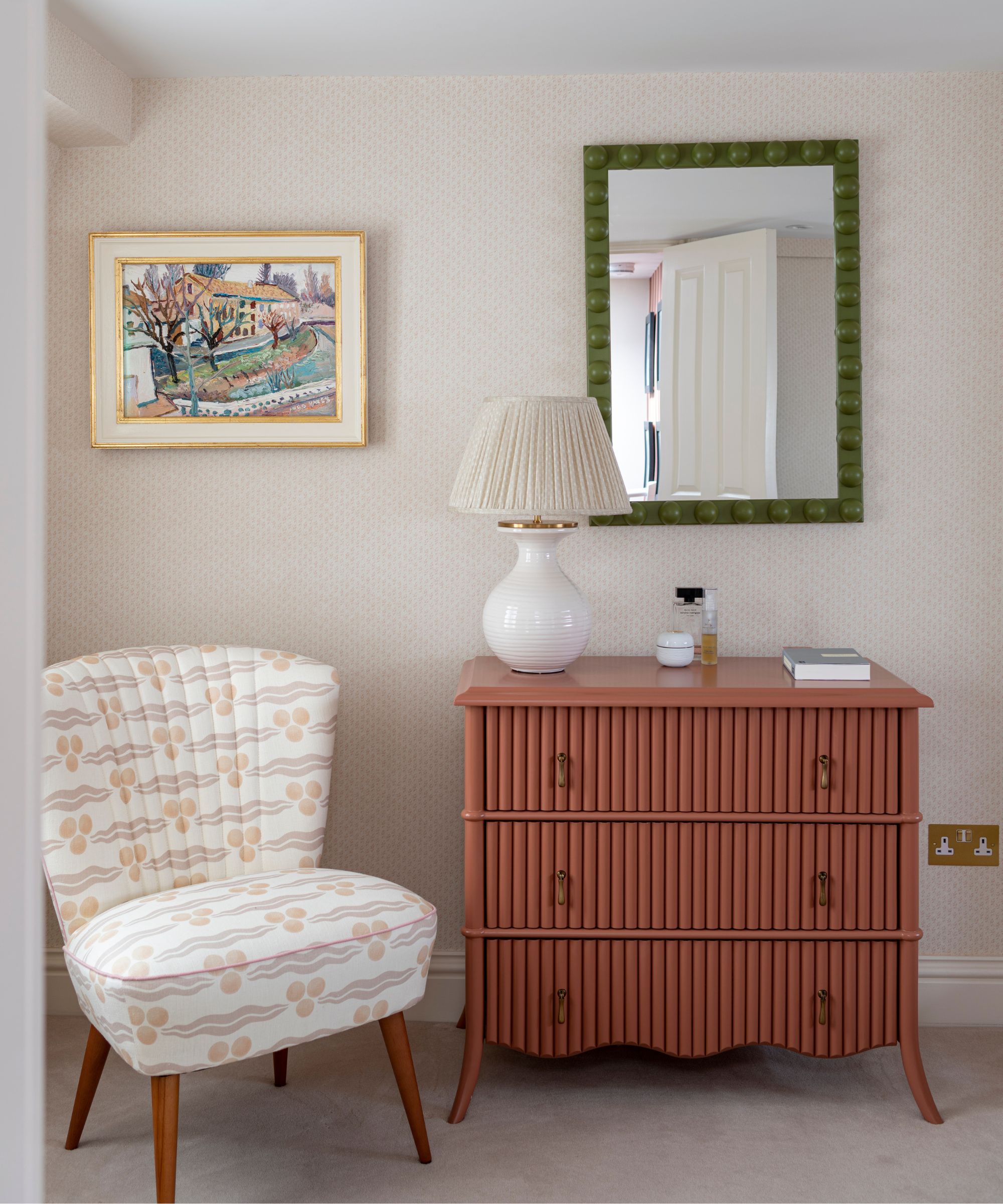
To me, any good declutter begins with taking everything out, so that's where I started.
Keeping in mind the principles of the chaos decluttering method, and knowing it had to get worse before it could get better, I pulled everything out drawer by drawer.
This was a good way to keep my clothes categorized, avoiding any home organizing mistakes, as I already keep one drawer for dresses, one for trousers, one for skirts, and so on.
2. Review
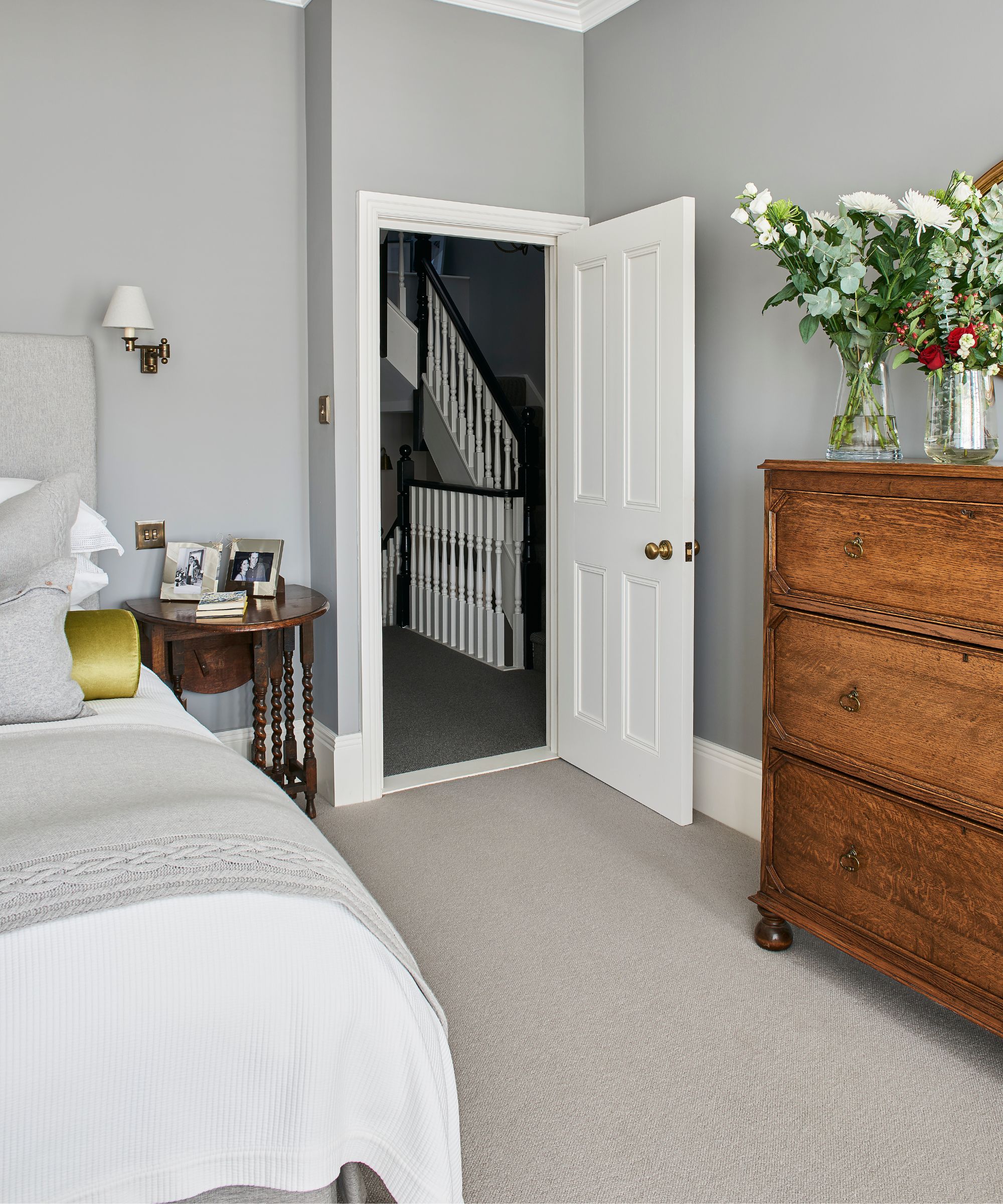
Next, it was time for the difficult part – reviewing what I do and don't really need. I did this with the main aim of Mottainai in mind, which focuses on being sustainable at home and reducing waste while streamlining at the same time.
Working drawer by drawer, I considered each piece of clothing individually, asking myself when the last time I wore it was, and whether I'll realistically wear it again, taking notes from the tried and tested way of decluttering a closet with the KonMari method.
The best part was that, with this organizing technique, I didn't feel the need to declutter loads of stuff. Instead, it was easy to effortlessly edit down my belongings by keeping in mind that if I wasn't using or wearing something, I was being wasteful, and wasting space at the same time, too.
Professional organizer Ben advises, 'The challenge with drawers is that people tend to throw their socks, for example, in them and feel like they are done organizing because the socks are "where they belong," continues Ben. 'However, most people don't take the time to review.
'We aren't collecting socks for our health. Once the review is complete, you may find socks that are missing pairs, have stains or holes, don't fit correctly, or belong in a different category. If something can be made more efficient, then it is currently wasteful.'
He advises discarding items with holes or stains, but donating if a charity or organization offers fabric recycling.
3. Re-organize while putting everything away
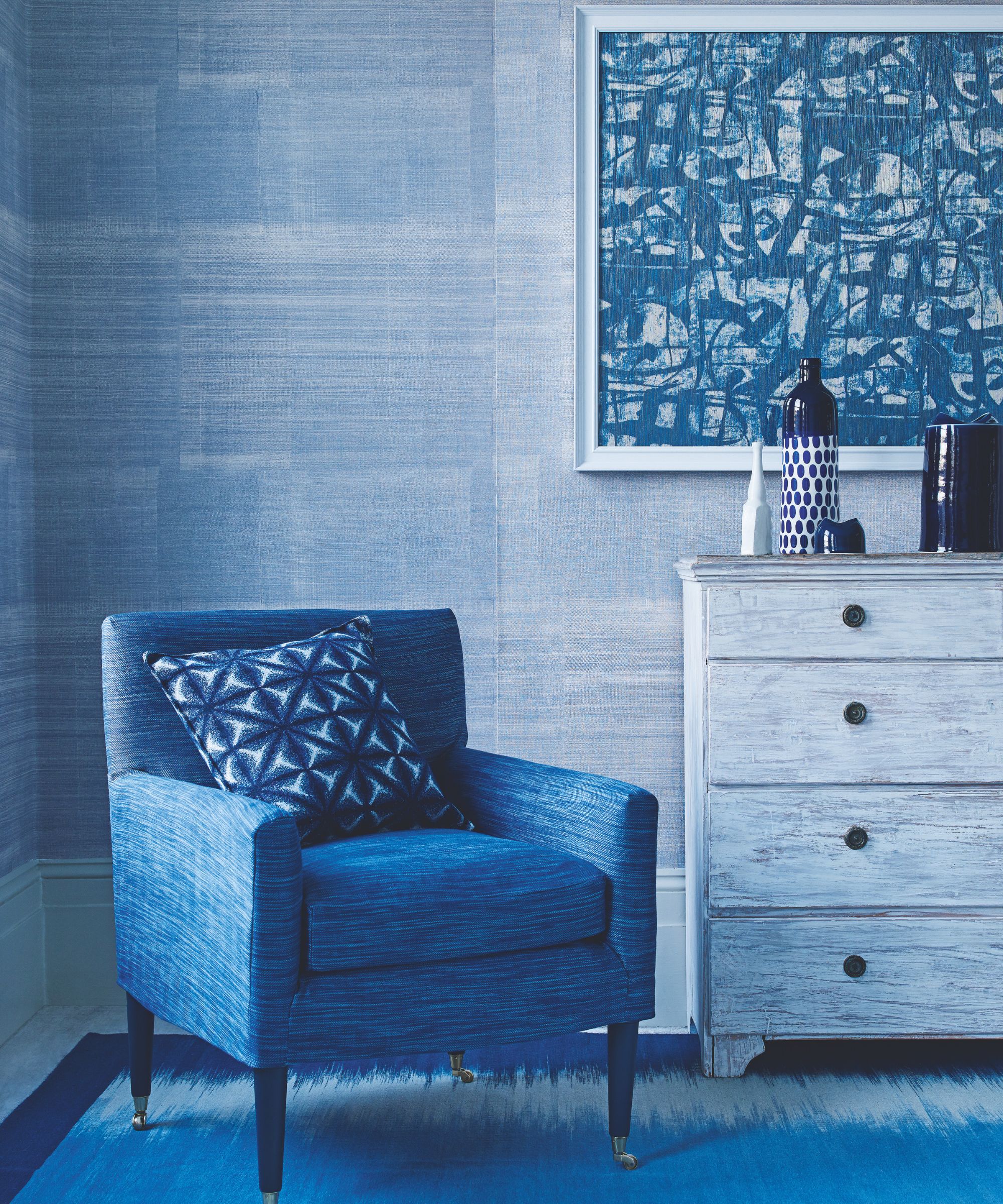
Then, once I had reviewed all my clothing, I used the 'file folding' method to put everything away, while keeping each and every item neat, tidy, and accessible.
Using the concept of Mottanai to organize my clothes drawers has already made a huge difference to the way I use my clothing, and folding clothes to save space has made it much easier to find what I want, exactly when I need it.
My verdict
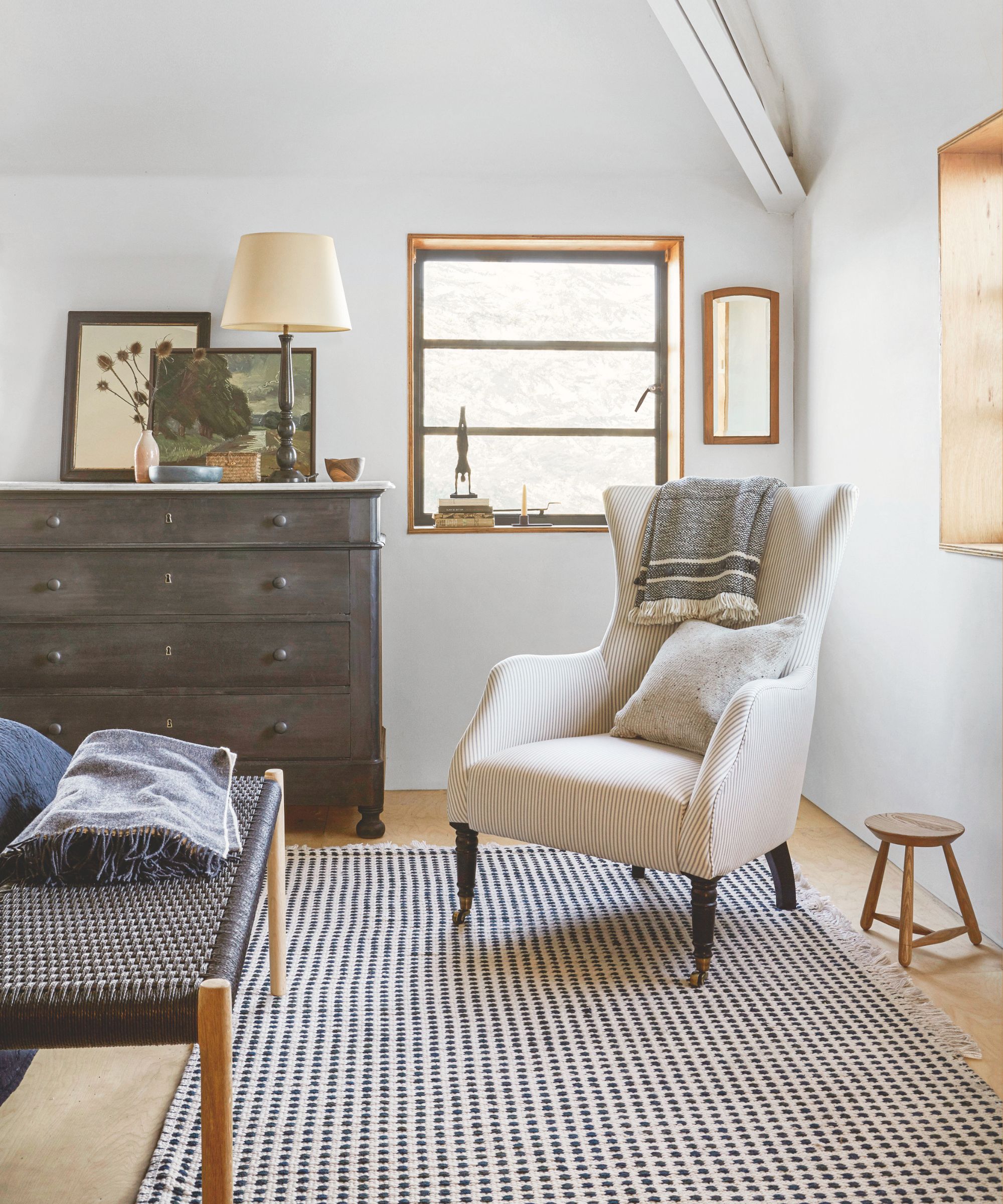
I love the approach of 'Mottainai,' particularly when it comes to organizing and decluttering clothes – an area the vast majority of people overbuy and underuse.
Professional organizer Di agrees, adding, 'It helps you slow down and really think about each item. Are you wearing it? Does it serve a purpose? Are you taking care of it, or is it just sitting there?
'Instead of stuffing drawers full, you end up keeping what you value and use, and letting go of what’s no longer serving you. It’s a simple shift in perspective, but it can make organizing feel more thoughtful and less overwhelming.'
For organizing my deep drawers, this method certainly worked a treat, and I also appreciate that it's not a way to be more ruthless when decluttering, but instead a way to be more mindful, allowing for easy and guilt-free decluttering.
What to shop
All prices were correct at the time of publication.
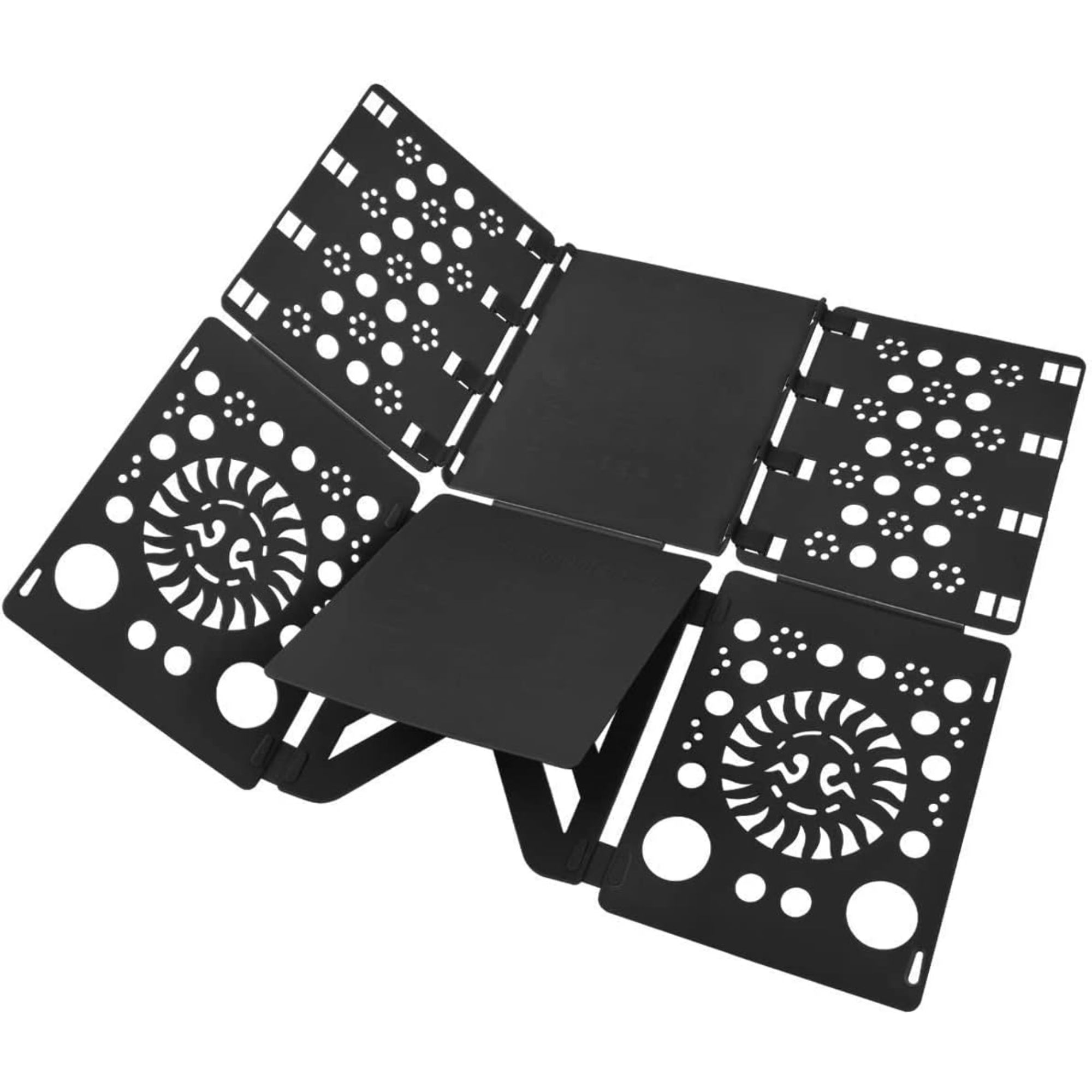
If you're no good at folding, using a folding board like this can be a real help. It's easy to use, made of high-quality, durable materials, and suitable for a wide variety of garments, from t-shirts and jumpers to trousers and pants.
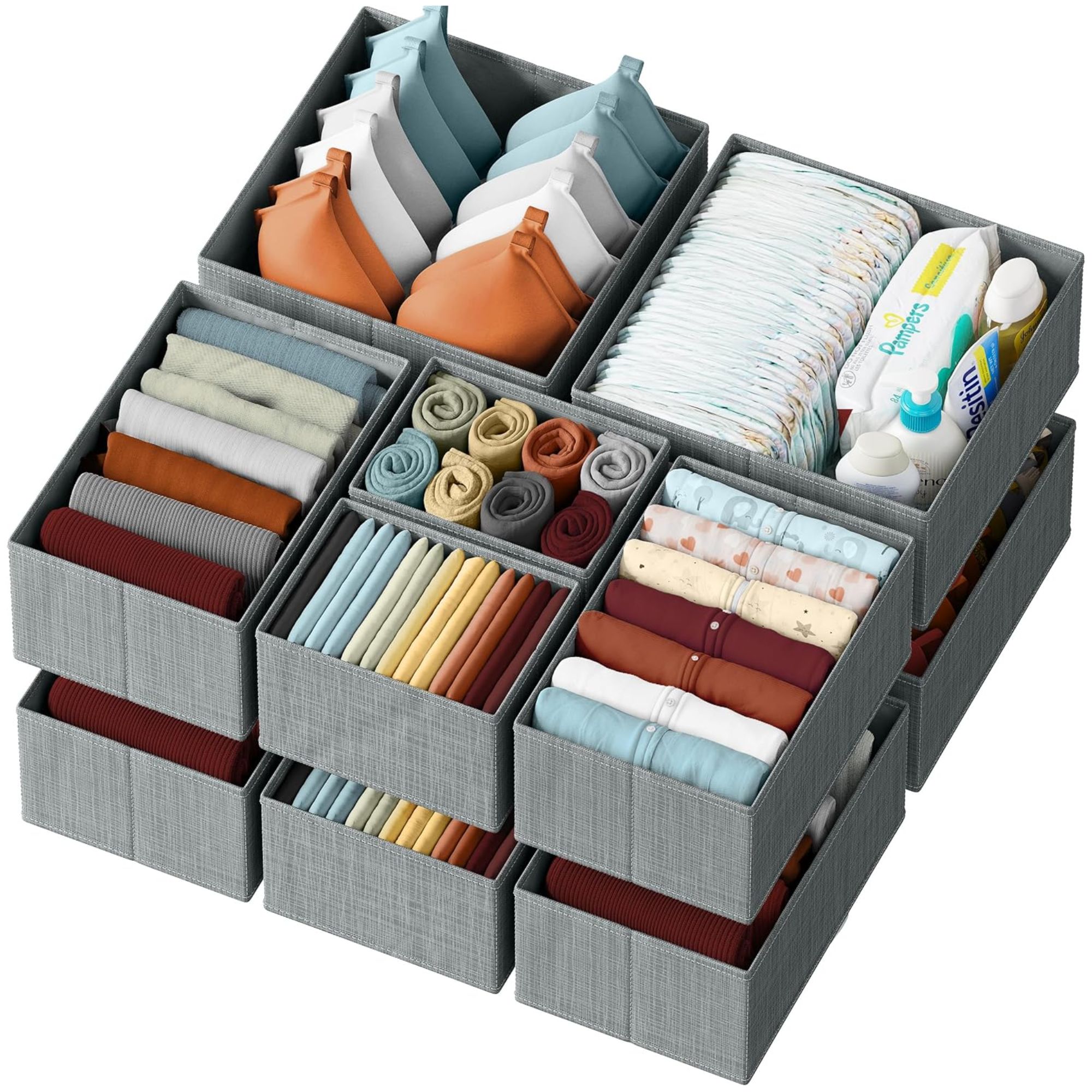
Use these drawer organizers to keep everything categorized, particularly if you only have a few larger drawers, rather than one for each type of clothing. They're collapsible and lightweight, so easy to move and store when not in use.

A humble clothes rail solved my lack of hanging space, and could be the answer to maximizing the storage in your space, too. This plain and sleek rack is both affordable and durable, with four anti-slip pads on the feet to prevent movement
Meet our experts
It's not just clothes drawers that 'Mottainai' can be used for. For example, freelance writer Rebecca Shepherd tried 'Mottainai' for decluttering kitchen cabinets, while Chiana Dickson, content editor on Solved used the Japanese concept of 'Mottainai' to organize her living room shelves.







